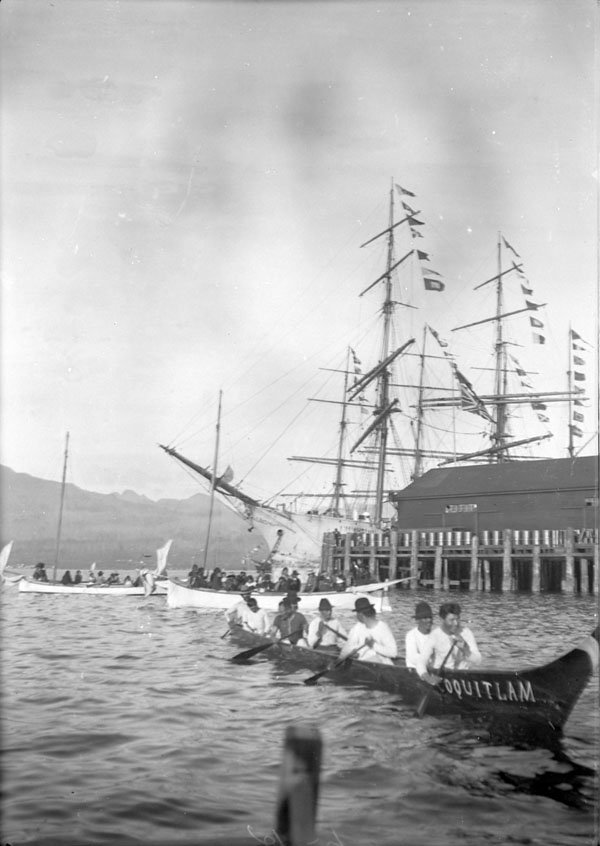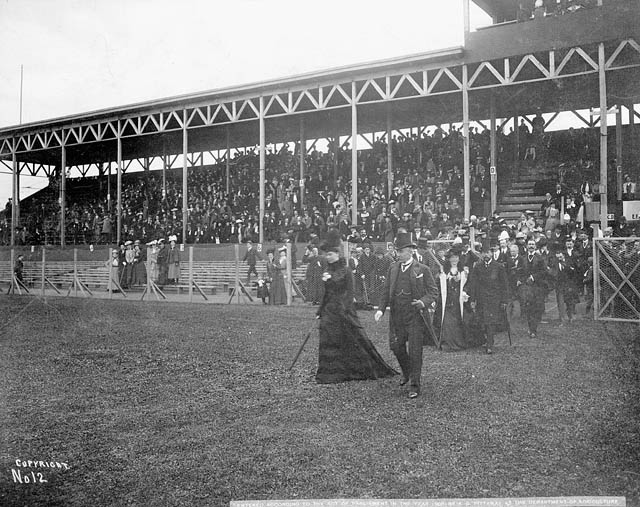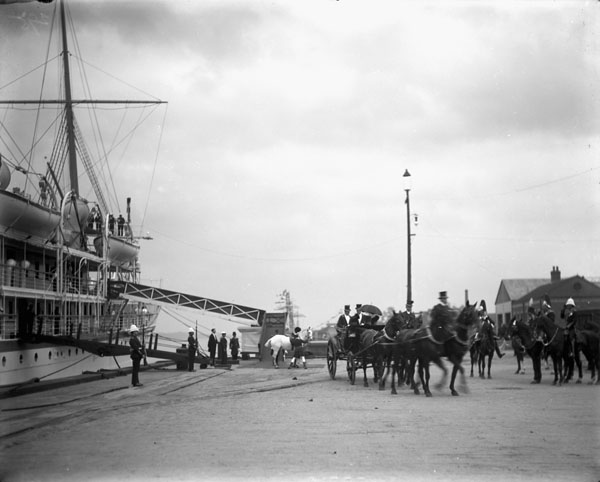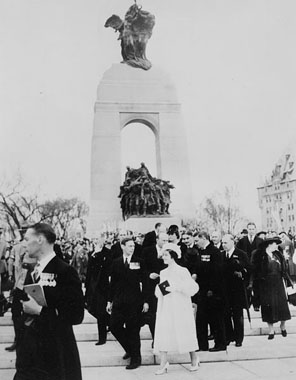The 1901 Royal Tour by the Duke and Duchess of Cornwall and York (the future King George V and Queen Mary, grandparents of Queen Elizabeth II) showcased the Canadian Pacific Railway and set key precedents for future royal tours in the 20th and 21st centuries.

George and Mary
The future King George V was the grandson of Queen Victoria. In 1893, he married Princess Mary of Teck. They became Duke and Duchess of York and had six children, including the future kings Edward VIII and George VI.
Preparations for the Tour
Queen Victoria died in 1901, and George V’s father succeeded to the throne as King Edward VII. George and Mary became the Duke and Duchess of Cornwall and York. From March to November 1901, they undertook the longest royal tour in history, thanking the British Empire for their contributions to the Boer War and opening the first Commonwealth Parliament in the newly self-governing Dominion of Australia. Canada was added to the itinerary at George’s request.

Itinerary
George V and Mary arrived in Quebec on 16 September. They travelled across Canada twice by train over the course of a month, showcasing the newly built Canadian Pacific Railway. They were accompanied by a group of approximately 20 people, including Mary’s brother, who would become Earl of Athlone and Governor General of Canada from 1940 to 1946. Governor General Lord Minto designed the itinerary, and Canadians were heavily involved in organizing local events.
When asked what he would like to do while visiting Canada, George reputedly replied, “I want a day’s duck shooting, and I want to see a lacrosse match.” Both activities were added to the itinerary. While George’s father had toured British North America alone in 1860, the presence of Mary in 1901 resulted in more events involving women, including addresses from women’s organizations and charities.

George and Mary met with Canadians from a variety of backgrounds, including a delegation of descendants of Black Loyalists in Halifax, Chinese Canadians in Vancouver and First Nations leaders across the country. In Orillia, they met author Stephen Leacock. Historian Phillip Buckner noted the inclusivity of the celebrations, writing, “The openness of the [tour] to anyone who was prepared to proclaim their loyalty to the monarchy allowed for a vast diversity of voices.”

Royal Train
The Royal Train attracted extensive press coverage, and train stations became key sites for official welcomes and civic addresses during the tour. This allowed the royal couple to visit multiple communities in a single day. The train had 10 cars, named for different places in the British Empire and Dominions, including Canada, Australia, South Africa and India. The train included modern conveniences, such as electric lighting, and mahogany- and walnut-panelled interiors. The menus consisted of Canadian cuisine, including Pacific salmon, prairie chicken and venison.

Press Coverage
British, Canadian and American journalists travelled on the Royal Train in a car allocated for the press. This allowed for more detailed and intimate coverage of the royal couple than during previous royal tours. Canadian artist C.W. Jefferys, who accompanied the tour as a newspaper illustrator, later recalled George speaking with a French Canadian lumberjack in Rockcliffe: “His Royal Highness found [the lumberjack’s] speech a refreshing change from the ponderous formality of words of those to which he had to listen.” Jefferys concluded, “Their Royal Highnesses were, first and foremost, sympathetic, friendly and understanding human beings.”

Future Royal Tours
The 1939 Royal Tour by King George VI and Queen Elizabeth followed a similar structure to the 1901 Royal Tour as the royal couple travelled across Canada twice by train. Queen Elizabeth II and Prince Philip, Duke of Edinburgh, were the last royal couple to cross Canada by train in 1959. Modern royal tours are shorter and involve extensive air travel, but royalty continue to receive extensive press coverage and meet with Canadians from a wide variety of backgrounds.


 Share on Facebook
Share on Facebook Share on X
Share on X Share by Email
Share by Email Share on Google Classroom
Share on Google Classroom



